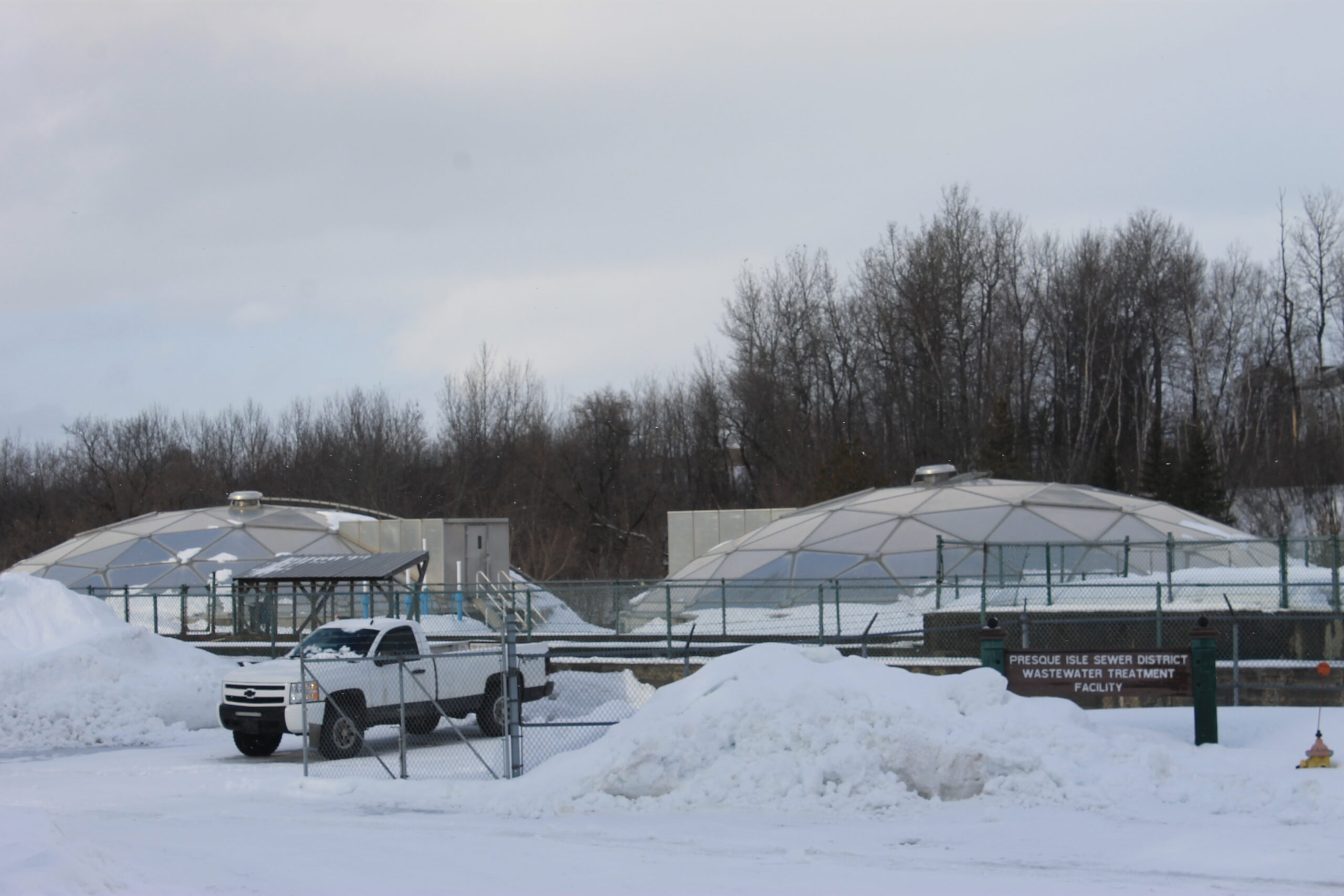
PRESQUE ISLE, Maine — Several public water agencies in central Aroostook County are seeking rate increases this year and planning for upgrades to aging infrastructure.
Water districts serving Ashland, Fort Fairfield, Mars Hill and Blaine are proposing rate increases this spring, while the Presque Isle Utilities District is planning for increases later this year associated with stormwater management.
The Fort Fairfield Utilities District is proposing rate increases of more than 20 percent starting in April for its water and sewer divisions, said Jonathan Helstrom.
Rates for metered sewer customers will go from $0.052 per cubic foot of water to $0.066, Helstrom said. Residential water customers on average will see their quarterly charge increase from $40.80 to $54.86.
“On the water side, it’s been since 2005 since there was a water increase,” Helstrom said. “This will bring us back to even.”
The utility’s customers include 660 households, 49 businesses and two industrial facilities. Helstrom said the increase for sewage treatment stems from the trend in maintenance costs and the loss of several industrial customers in recent years, including the Tri-Community Landfill, which previously trucked in landfill leachate before building a pipeline directly to Caribou.
And like many water utilities, the FFUD’s treatment facility is aging, with officials needing to plan for the future.
“Our wastewater plant is definitely at the end of its life. We’re maintaining an old plant.”
Helstrom said the FFUD has hired an engineering consultant to assess options for the wastewater plant going forward, including the availability of federal or state funding for replacement.
The Ashland Water and Sewer District also is proposing a quarterly sewer rate increase of 15.5 percent and a 16.6 percent increase for water, scheduled to take effect in April.
The increases are needed to cover rising maintenance and operational costs for both sewer and water systems, said Ashland superintendent Frank Martin.
Also, under two grants totalling $1.9 million, the Ashland utility will be doing it’s first ever full sludge removal of its sewer lagoon and applying the material to its hayfields in Castle Hill, Martin said.
“It’s past time. The sludge definitely needs to be removed,” Martin said.
The lagoons were built in 1963 and have never had a full clean out, even though it’s recommended once every 20 years, Martin said.
The Mars Hill and Blaine Water Co. is proposing a 30 percent water increase for residential water and a 20 percent increase for residential sewer service, according to superintendent Robert Lento.
“It is significant,” Lento said of the rate increase. The utility, serving less than 600 water customers, has struggled with rising costs as its customer base has shrunk, he said.
“The smaller the communities, the higher the rates,” Lento said.
Seperate from this spring’s rate increase, the Mars Hill and Blaine Water Co. is in the early stages of setting up a new groundwater well to replace the variable water quality from the shallow Young Lake reservoir.
The utility is still in the early stages of that effort and in the midst of negotiations with landowners, Lento said. “It’s up in the air.”
Meanwhile, central Aroostook’s largest water agency, the Presque Isle Utilities District, is gearing up for a multi-year project to improve stormwater management and stormwater treatment.
Later this year, the PIUD will be proposing what’s likely to be a single digit rate increase for this effort, said Frank Kearney, superintendent of the Presque Isle Utilities District.
The U.S. Environmental Protection Agency is requiring the PIUD to meet new standards for stormwater discharges from the agency’s Dyer Street water treatment plant, Kearney said.
Currently, during heavy precipitation, stormwater flows from streets and residential properties can “overwhelm the treatment plant,” Kearney said. When that happens, the utility disinfects all the excess stormwater and blends it with treated water before discharging it into the Presque Isle Stream near the mouth of the Aroostook River.
But the EPA’s renewed license for the PIUD prohibits that blending and will require all stormwater to be treated separately, Kearney said.
The project will likely total “several million dollars” and will include leveraging federal grant dollars, Kearney said.
A first phase of the project will focus on ways to prevent excessive stormwater runoff and reduce the load of discharges by working with water users, Kearney said. Some homes in Presque Isle have sump pumps and garage or roof drains connected to the sewer system — even though those connections are technically outlawed without arrangements and additional costs to the homeowner.
Kearney said the utility will work with homeowners to make changes, such as advising about the installation of drains to a lawn. He added that there could be financial help available to homeowners to make changes.
A second phase of the project in the coming years will include upgrades to the treatment plant. “We’re in the beginning stages and it’s going to be several rate increases,” Kearney said.
Many communities around the country have aging water infrastructure often dating back to the federally-funded projects in the Great Depression era or before, said Kearney, past president of Maine Water Utilities Association.
“That’s 80, 90 years ago and they’re all coming to the end of our life faster than we can replace them.”
Kearney estimates that 30 percent of Presque Isle’s water piping is a century old.
“They’re not the worst ones. Some of the worst ones were post-World War II, when they were making the cast iron thinner,” Kearney said. “It turns out it wasn’t as durable as they thought. On Sunday morning there was a leak on Birch Street in a water pipe from the 1960s.”
Kearney said that many water utilities will have to raise rates in the coming years to try to match the pace at which facilities are aging. “We’re way behind.”







